Global Ceramic Customization Expert Since 2009
High-Temperature Glazing: A Durable and Vibrant Finish
High-temperature glazing, also known as kiln firing, is one of the most popular and traditional methods for coloring ceramic pieces. This technique involves applying a layer of glaze to the ceramic surface, which is then fired in a kiln at extremely high temperatures, typically between 1200°C to 1400°C.
Impact on the Finished Product:
- Durability: The high heat causes the glaze to fuse with the ceramic body, creating a strong, durable bond. This makes the finished product resistant to wear and tear, making it suitable for daily use.
- Color Depth and Shine: High-temperature glazing enhances the vibrancy and depth of colors. The heat allows the glaze to melt and form a smooth, glossy surface that adds a lustrous finish to the piece.
- Unique Variations: Since the glazing process involves high heat, each piece can have subtle variations in color and texture, making each product unique. This unpredictability adds charm to custom ceramic products.
Best For:
- Dinnerware, mugs, vases, and other ceramic items that need a smooth, glossy finish and durability.
Spray Coating: Smooth and Versatile Color Application
Spray coating is a technique that involves applying a fine mist of liquid glaze or paint to the ceramic surface using a spray gun. Unlike traditional glazing, which requires high-temperature firing, spray coating can be done at a lower temperature or even at room temperature in some cases.
Impact on the Finished Product:
- Even Coverage: Spray coating ensures an even application of color across the surface, making it ideal for intricate designs or large surface areas where consistency is essential.
- Variety of Finishes: Depending on the type of coating used (glaze, paint, or other materials), spray coating can achieve matte, satin, or glossy finishes. This versatility allows for creative flexibility in designing custom ceramics.
- Quick Drying: Spray coating generally dries faster than high-temperature glazing, allowing for quicker production times. This makes it an efficient option for bulk orders or time-sensitive projects.
Best For:
- Decorative items, promotional products, and ceramics with intricate designs or those requiring specific surface finishes.
Electroplating: Adding a Luxurious Touch
Electroplating is a process that involves applying a thin layer of metal, such as gold, silver, or platinum, onto the surface of a ceramic item using an electric current. The metal ions are attracted to the ceramic surface, creating a smooth and shiny metallic coating.
Impact on the Finished Product:
- Luxurious Finish: Electroplating provides a high-end, polished look with a rich metallic sheen. This finish is often used for premium ceramics, such as luxury gifts, high-end tableware, and collector’s items.
- Durability and Protection: The metallic layer adds a layer of protection to the ceramic surface, making it more resistant to scratches and stains. However, electroplated items should be handled with care to maintain their finish.
- Elegant Appearance: The reflective qualities of the metallic surface elevate the overall appearance of the product, making it perfect for high-end, custom-designed items.
Best For:
- Luxury gifts, high-end tableware, exclusive promotional items, and limited-edition collectibles.
Which Process is Right for Your Ceramic Product?
When choosing the right technique for your ceramic project, it’s important to consider the desired outcome and purpose of the item. High-temperature glazing offers durability and vibrant colors, spray coating provides versatility and quick production, and electroplating adds an elegant, premium finish.
- For functional items like dinnerware and mugs, high-temperature glazing is a top choice due to its durability and color richness.
- For decorative and promotional items, spray coating provides flexibility in design and finish, allowing for customization in both appearance and texture.
- For luxury and collector’s items, electroplating is the best option to add a touch of elegance and exclusivity.
Conclusion:
Each ceramic coloring and finishing technique offers distinct advantages that can dramatically change the look, feel, and usability of the product. Whether you’re designing ceramics for everyday use, special events, or high-end promotional gifts, understanding the effects of these techniques will help you choose the best option for your needs. At our factory, we offer all these customization options, ensuring your products not only meet your functional requirements but also exceed your aesthetic expectations.
The Secrets of Ceramic Colors and Techniques: Exploring the Impact of Different Processes
-
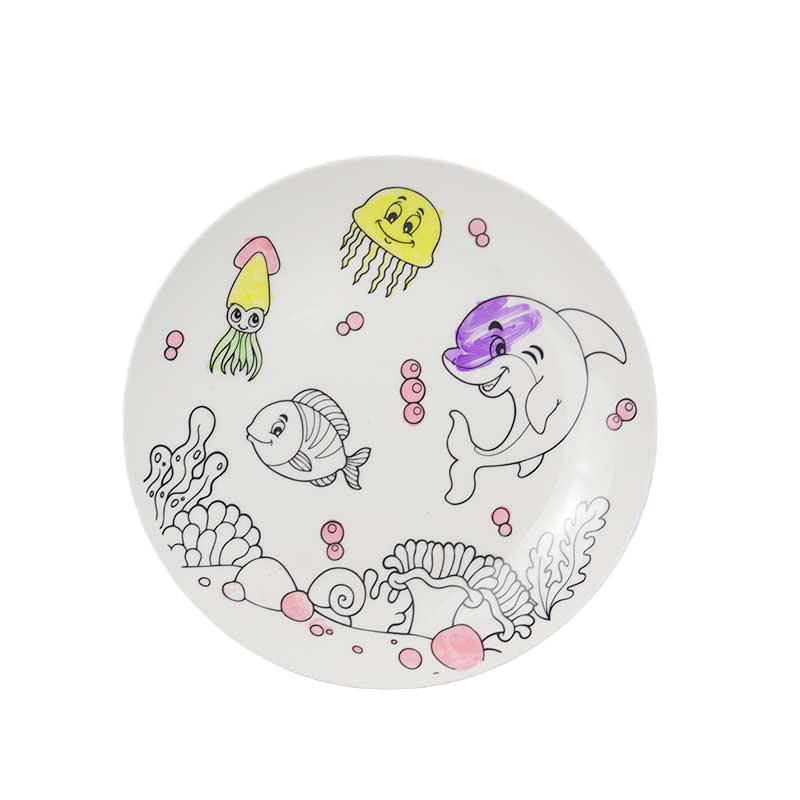
Kids' Porcelain Painting
Our Kids' Porcelain Painting, produced by our factory, features custom pattern printing. Safe materials, fun to paint. Spark creativity in children. Ideal for bulk orders.$ 0.00Buy now
-
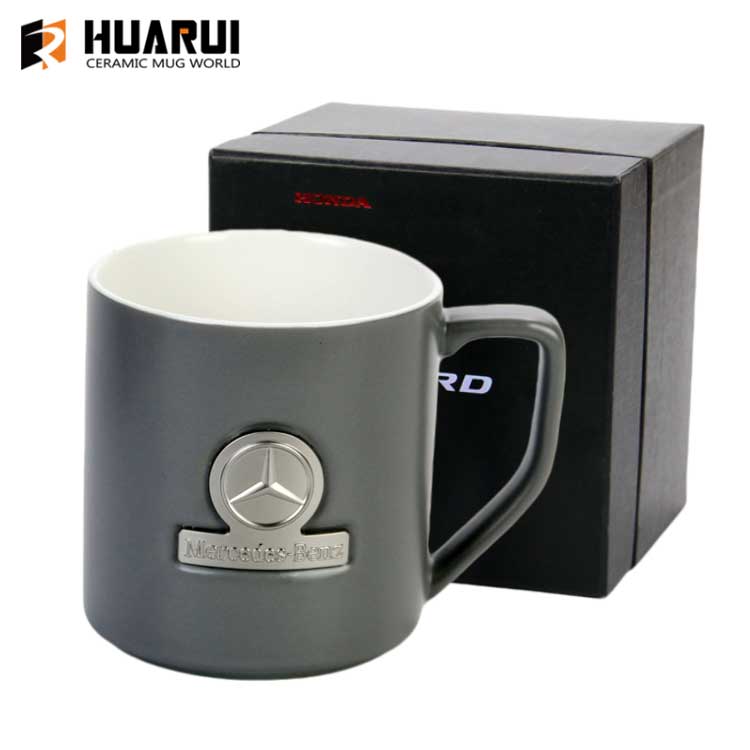
Mercedes-Benz Promotional gift coffee mugs
Mercedes-Benz Promotional gift coffee mugs with metal logo. A symbol of luxury, perfect for gifting and showing brand elegance.$ 0.00Buy now
-
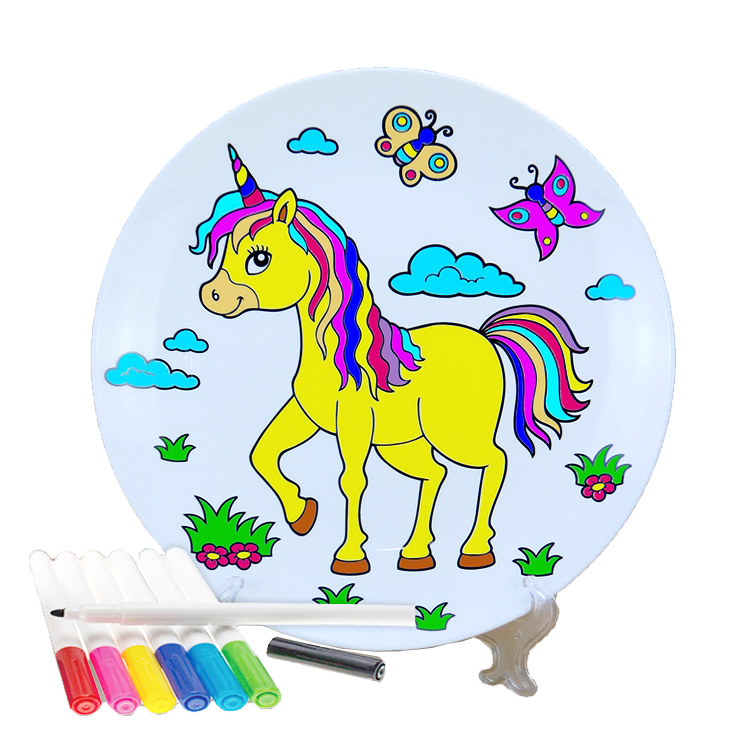
DIY Porcelain Painting Dish
Our DIY Porcelain Painting Dish, from our factory, features custom pattern printing. Unleash creativity, enjoy painting fun. Ideal for art activities. Great for bulk orders.$ 0.00Buy now
-
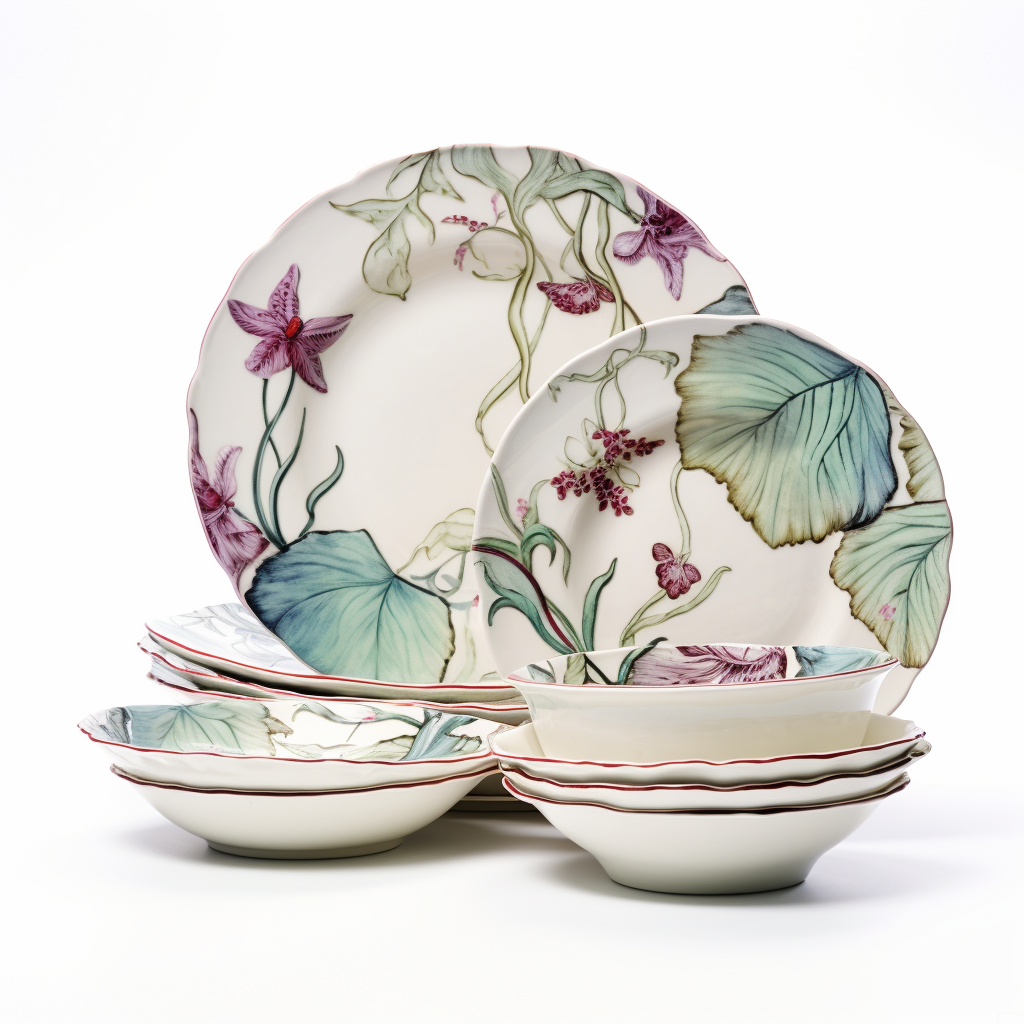
Spring Style dinnerware sets
Our Spring Style dinnerware sets, meticulously manufactured in our factory. Feature pastel hues, floral accents, and durable ceramic. Ideal for springtime dining, both stylish and functional. Microwave and dishwasher safe. Great for bulk orders to brighten up your table.$ 0.00Buy now
-
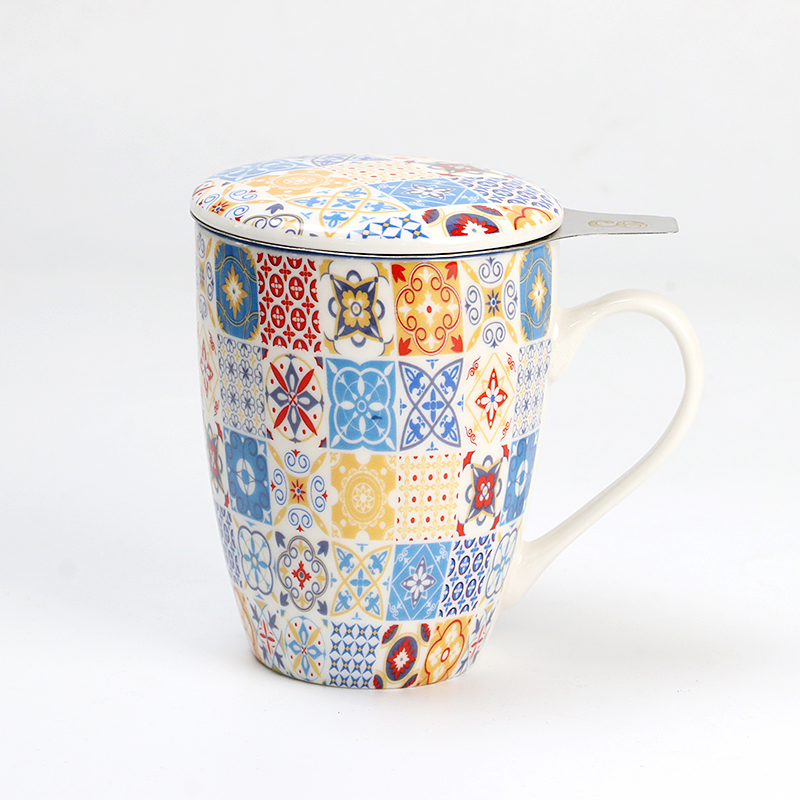
Artistic Desgin Ceramic Mugs
Artistic ceramic cups, each one resembling a work of art. With hand-painted or creative designs, attracting art lovers and collectors.$ 0.00Buy now
-
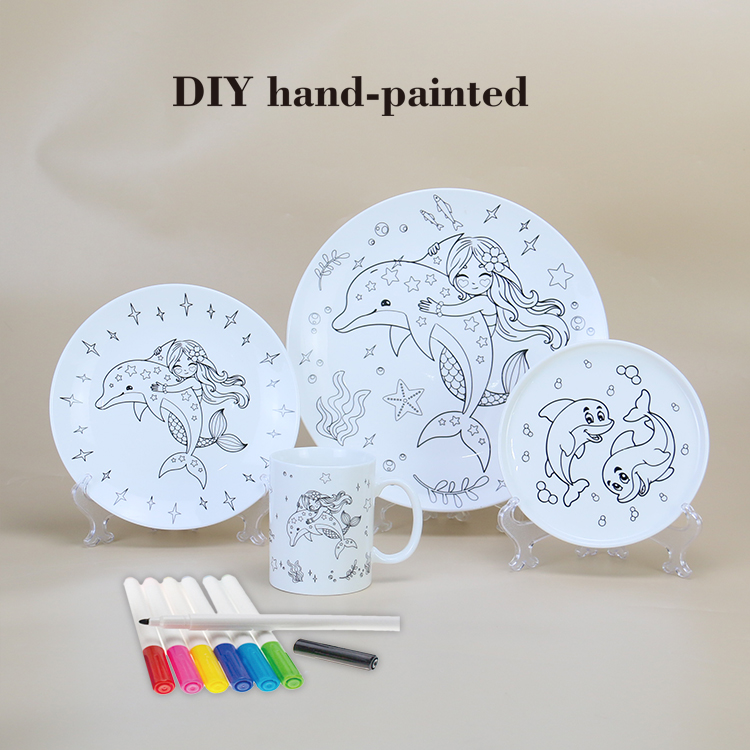
Porcelain Painting Dinnerware
Our Porcelain Painting Dinnerware, crafted in our factory, offers custom pattern printing. Exquisite and durable, adding artistic charm to your table. Ideal for bulk customization.$ 0.00Buy now
-
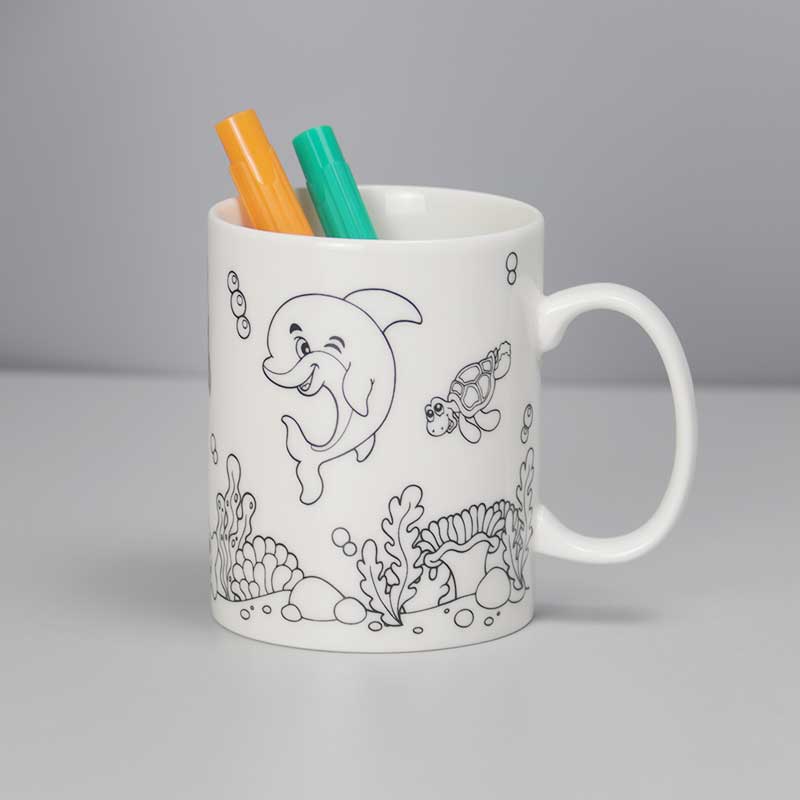
Porcelain Painting Mug
Our Porcelain Painting Mug, made in our factory, allows custom pattern printing. Premium porcelain, smooth finish. Perfect for art enthusiasts. Ideal for bulk orders.$ 0.00Buy now
-
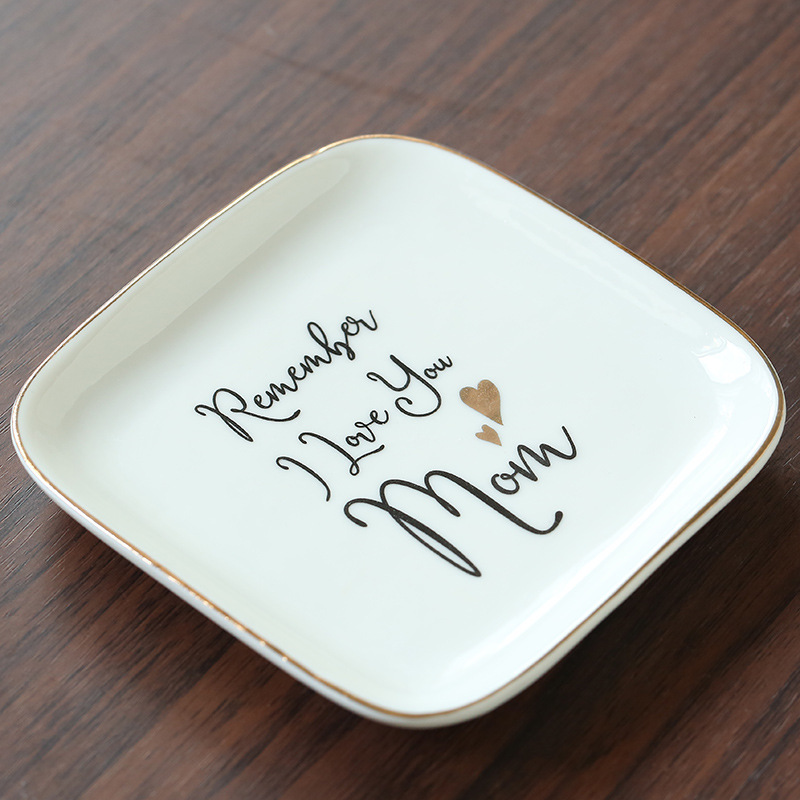
Ceramic Jewelry Display Plate
Our Ceramic Jewelry Display Plate, made in our factory, offers custom pattern printing. Exquisite and durable, it showcases jewelry charmingly. Ideal for jewelry stores. Perfect for bulk orders.$ 0.00Buy now
-
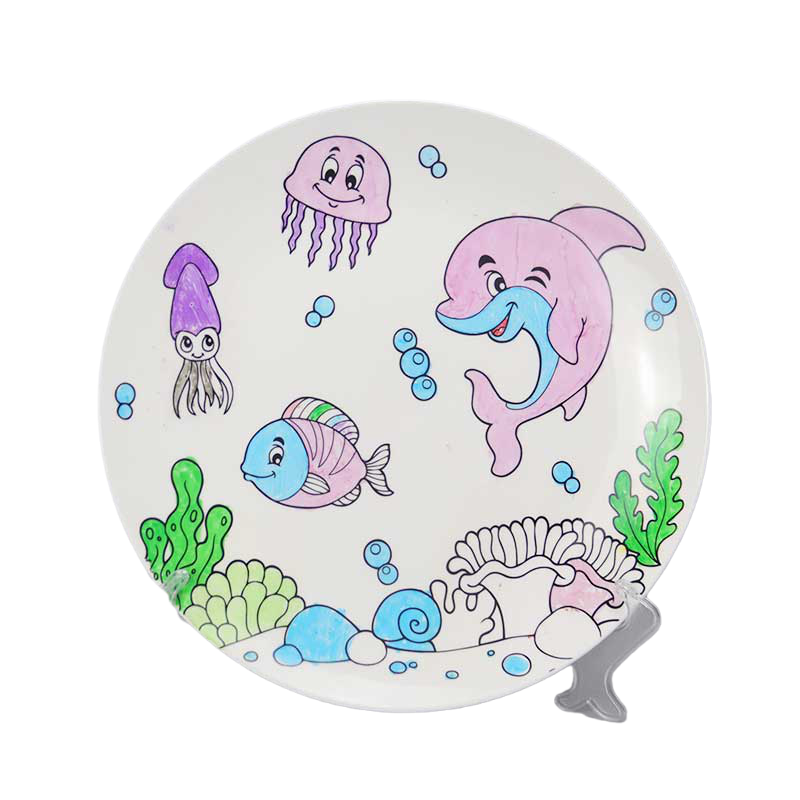
DIY Porcelain Painting Dish
Our DIY Porcelain Painting Dish, from our factory, features custom pattern printing. Unleash creativity, enjoy painting fun. Ideal for art activities. Great for bulk orders.$ 0.00Buy now
-
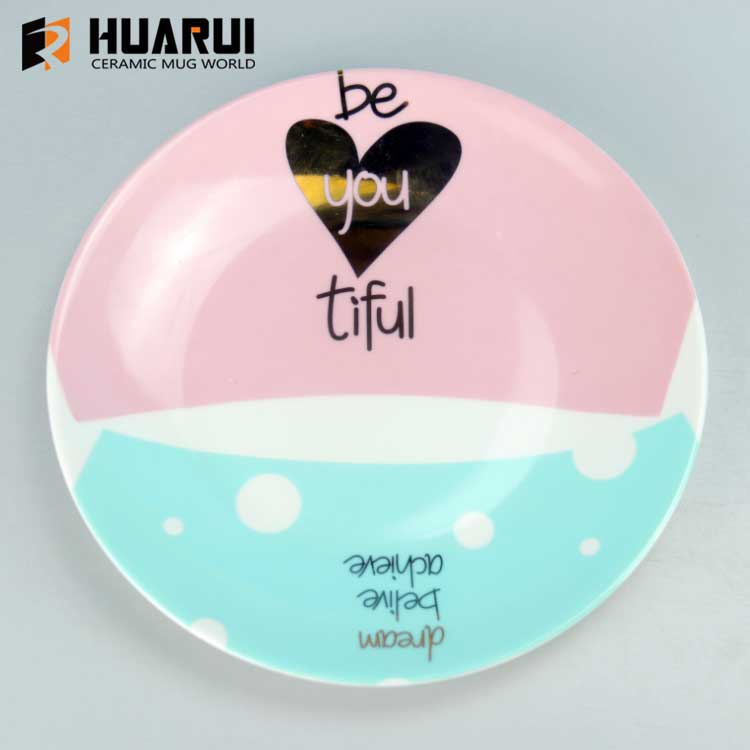
Ceramic Trinket Dish
We are a professional ceramic plate factory, specializing in OEM ceramic jewelry dish customization. Using selected materials and exquisite craftsmanship, we can create unique styles according to your needs. With excellent quality, we welcome bulk orders to build exclusive branded jewelry dishes.$ 0.00Buy now
86 18620402583 (Whatsapp)












